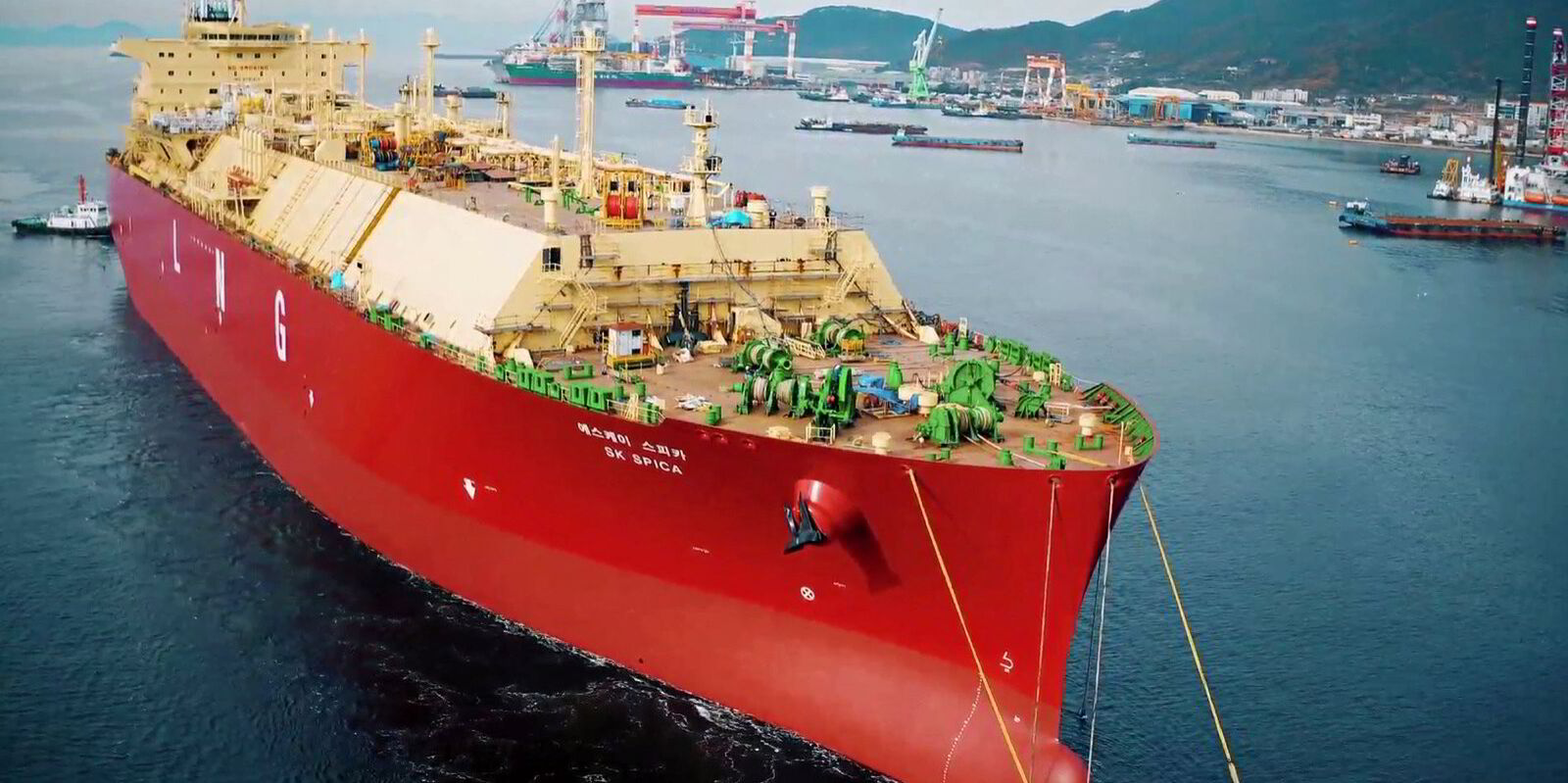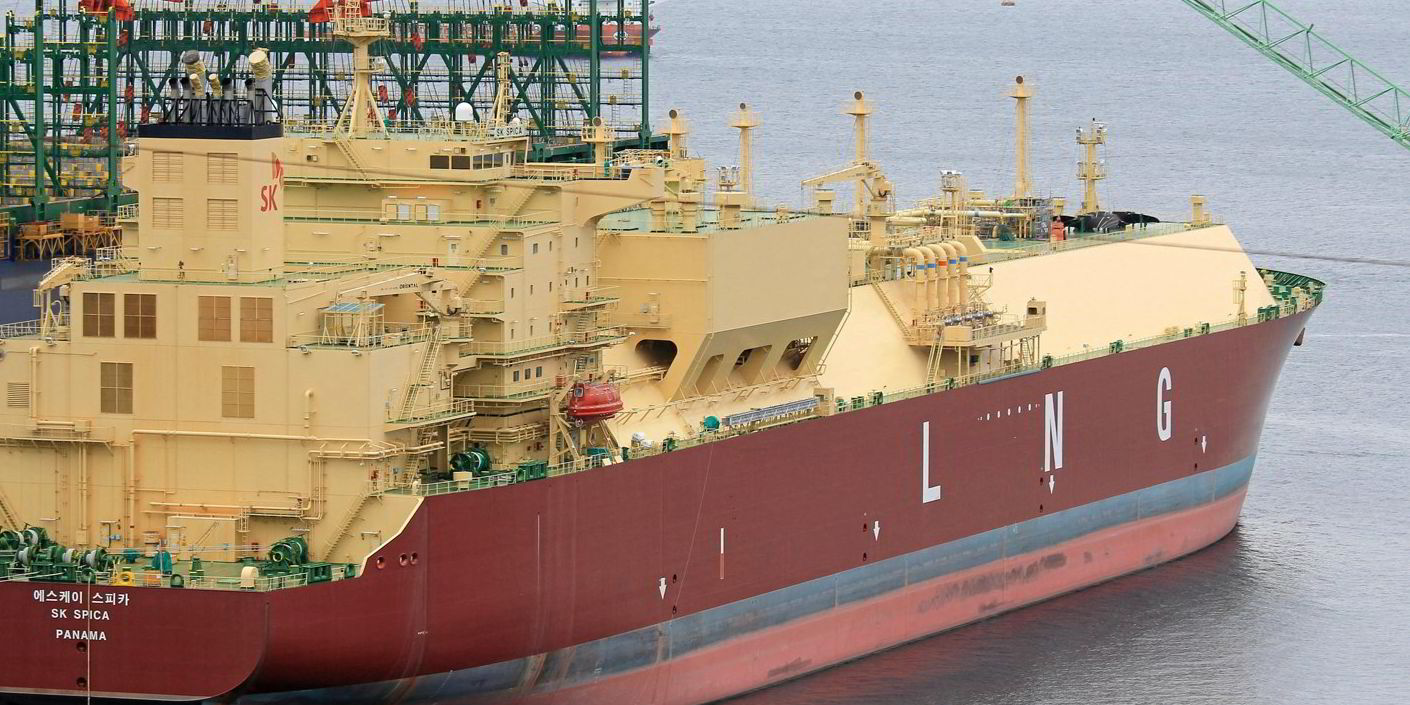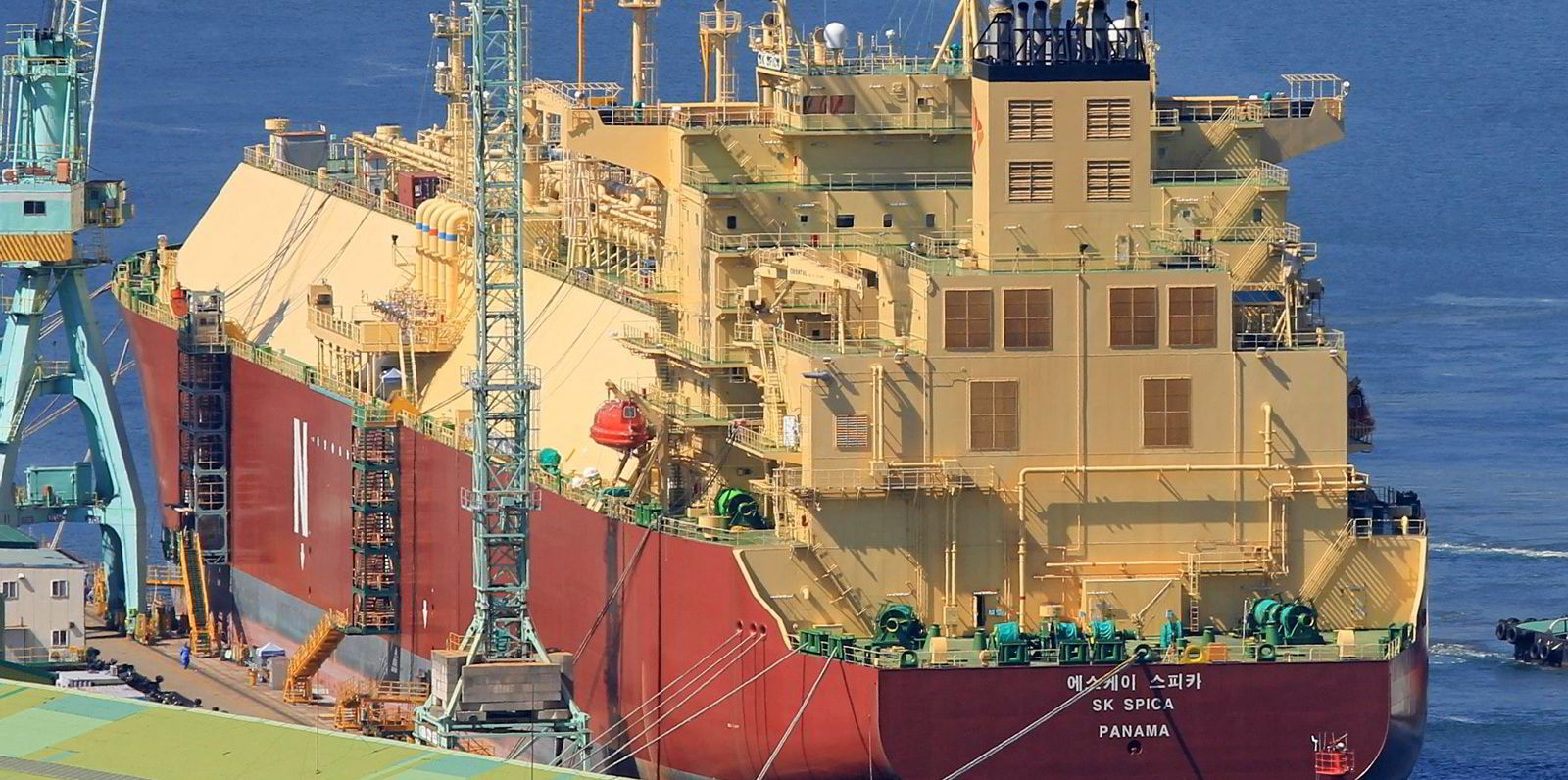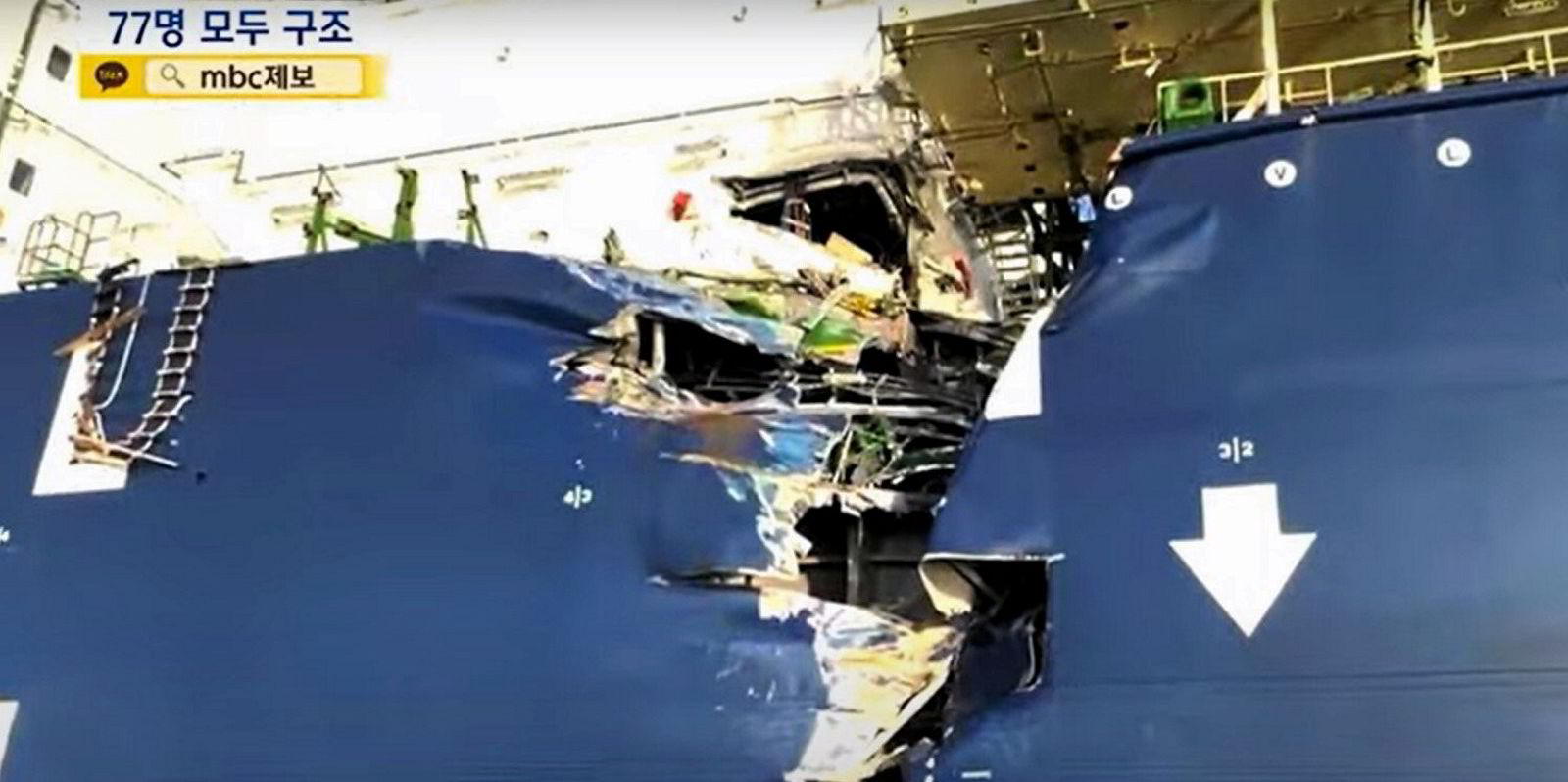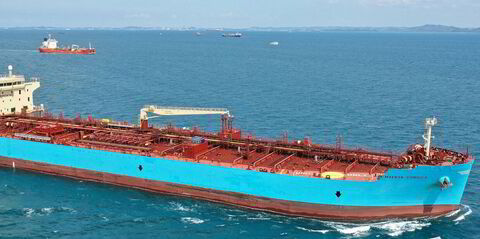Two six-year-old LNG carriers are being touted for sale again as SK Shipping looks for a final resolution on what to do with a pair of vessels that have had issues with their cargo containment systems.
Brokers said offers have been invited on the 174,100-cbm SK Spica and SK Serenity (both built 2018) by the end of this month.
They said bids to buy the vessels for further trading or recycling would be considered.
The two LNG carriers have been in lay-up off Labuan in Brunei Bay, east Malaysia, since late April.
Earlier invitations for trading bids on the pair are not believed to have attracted any interest, brokers said previously.
TradeWinds has contacted SK Shipping for comment.
The SK Serenity and SK Spica were the first full-size LNG carriers to be fitted with a South Korean-designed membrane-type cargo containment system, KC-1, in which faults were discovered.
While the SK Serenity lifted two US cargoes before ice was found on its hull, suggesting a possible LNG leak, the SK Spica never traded.
For the intervening years since the problems were discovered, the vessels were returned to their builder, Samsung Heavy Industries, where they underwent a series of tests and repairs.
These played out against an increasingly bitter series of legal battles between the ships’ owner SK Shipping, SHI and KC-1 designer Kogas and its KC LNG Tech arm.
In October 2023, the South Korean courts ordered Kogas to pay KRW 72.6bn (then $53m) to SHI in compensation for the repair work carried out on the two ships and SK Shipping KRW 115.4bn for its loss on the vessels being unable to trade.
Two months later, SHI was ordered to pay SK Shipping KRW 378.1bn (then $290m) following arbitration. This was based on a valuation of about $180m per vessel on their deliveries and their then-current secondhand values of $45m each.
In May this year, it emerged that SHI is now taking Kogas to court to recover the costs it had to pay to SK Shipping.
Kogas has struggled with its KC-1 system, which was developed to rival French designer GTT’s array of membrane-type systems.
The South Korean version was fitted to two small-scale ships, one of which — the 7,654-cbm LNG bunker vessel SM Jeju LNG1 (built 2019) — was involved in a collision with a domestic cargo ship.
The repairs were said to be costly as Kogas had then moved on to the next iteration of the design, KC-2.
Both 7,654-cbm KC-1 vessels are now listed as “damaged/not in service” on Clarksons’ Shipping Intelligence Network database. The KC-2-fitted bunker vessel, the 7,495-cbm Blue Whale (built 2023), remains in service.
To date this year, just three LNG carriers have been sold for demolition in what has been a quiet year for recycling.
The lack of action is playing out against an unusually depressed LNG shipping market for what is normally a period of heightened demand for vessels.
A pile-up of older LNG carriers, particularly steam turbine vessels, is building as some of the smallest and least efficient ships in the world fleet start to be redelivered from long-term charter contracts.
This is compounded by the low spot charter rate environment for steam ships, which brokers say are proving unattractive to charterers.
